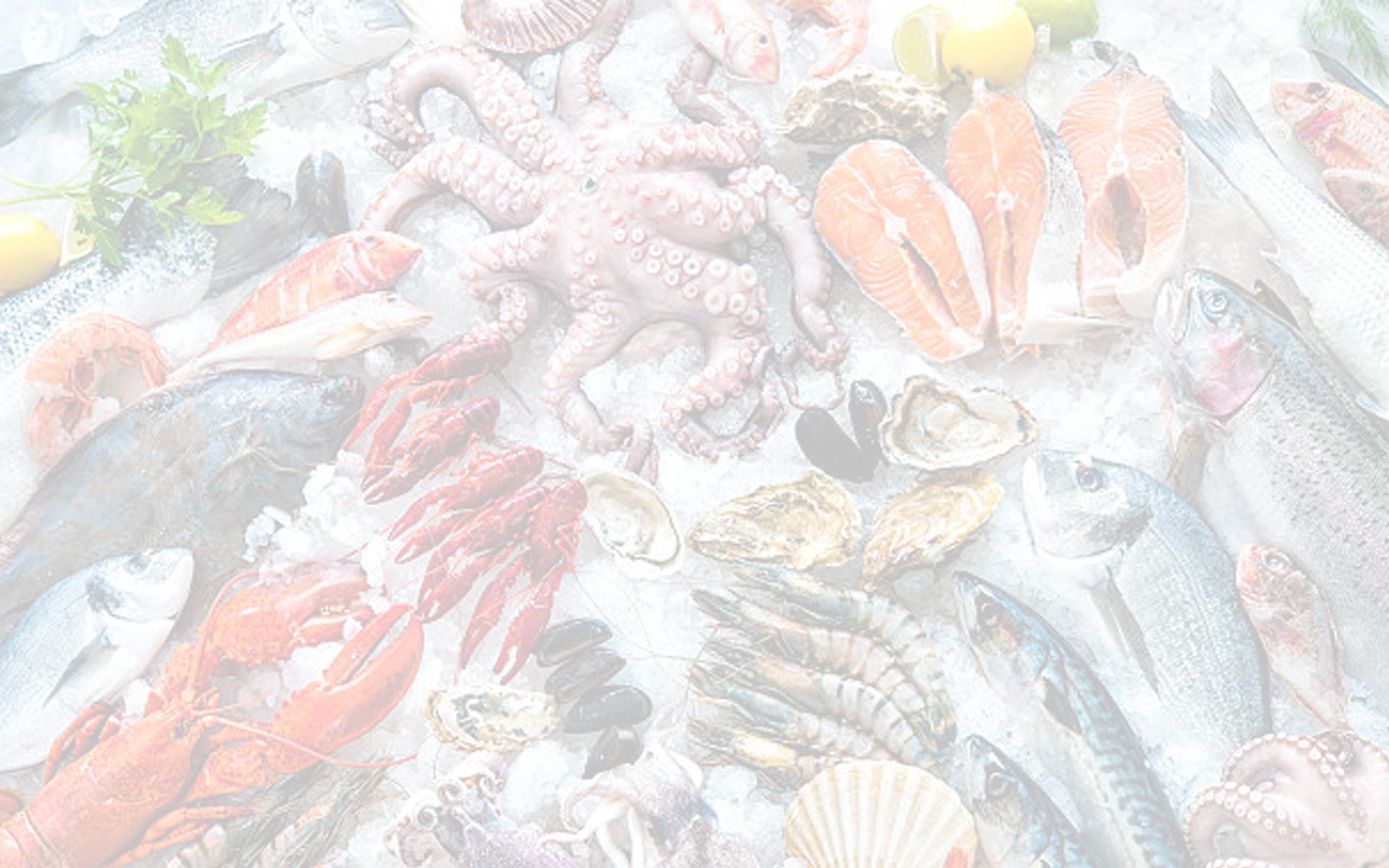




Sardines are small epipelagic fish that sometimes migrate along the coast in large schools. They are an important forage fish for larger forms of marine life. “Sardine” and “pilchard” are common names used to refer to various small, oily fish within the herring family of Clupeidae. The term sardine was first used in English during the early 15th century and may come from the Mediterranean island of Sardinia, around which sardines were once abundant.
The FAO/WHO Codex standard for canned sardines cites 21 species that may be classed as sardines. FishBase, a comprehensive database of information about fish, calls at least six species “pilchard”, over a dozen just “sardine”, and many more with the two basic names qualified by various adjectives. Sardines feed almost exclusively on zooplankton, “animal plankton”, and will congregate wherever this is abundant.


Typically, sardines are caught with encircling nets, particularly purse seines. Many modifications of encircling nets are used, including traps or weirs. The latter are stationary enclosures composed of stakes into which schools of sardines are diverted as they swim along the coast. The fish are caught mainly at night, when they approach the surface to feed on plankton. After harvesting, the fish are submerged in brine while they are transported to shore.
Sardines are commercially fished for a variety of uses: for bait; for immediate consumption; for drying, salting, or smoking; and for reduction into fish meal or oil. The chief use of sardines is for human consumption, but fish meal is used as animal feed, while sardine oil has many uses, including the manufacture of paint, varnish and linoleum.


Sardines are small epipelagic fish that sometimes migrate along the coast in large schools. They are an important forage fish for larger forms of marine life. “Sardine” and “pilchard” are common names used to refer to various small, oily fish within the herring family of Clupeidae. The term sardine was first used in English during the early 15th century and may come from the Mediterranean island of Sardinia, around which sardines were once abundant.

The FAO/WHO Codex standard for canned sardines cites 21 species that may be classed as sardines. FishBase, a comprehensive database of information about fish, calls at least six species “pilchard”, over a dozen just “sardine”, and many more with the two basic names qualified by various adjectives. Sardines feed almost exclusively on zooplankton, “animal plankton”, and will congregate wherever this is abundant.

Typically, sardines are caught with encircling nets, particularly purse seines. Many modifications of encircling nets are used, including traps or weirs. The latter are stationary enclosures composed of stakes into which schools of sardines are diverted as they swim along the coast. The fish are caught mainly at night, when they approach the surface to feed on plankton. After harvesting, the fish are submerged in brine while they are transported to shore.

Sardines are commercially fished for a variety of uses: for bait; for immediate consumption; for drying, salting, or smoking; and for reduction into fish meal or oil. The chief use of sardines is for human consumption, but fish meal is used as animal feed, while sardine oil has many uses, including the manufacture of paint, varnish and linoleum.



Keep In Touch
Tel: +52 (1) 998 225 3417
S.M. 312, Residencial Isla Azul, calle Santa Lucia, casa 6
– N. Int 6
C.P. 77560 Cancún – Quintana Roo